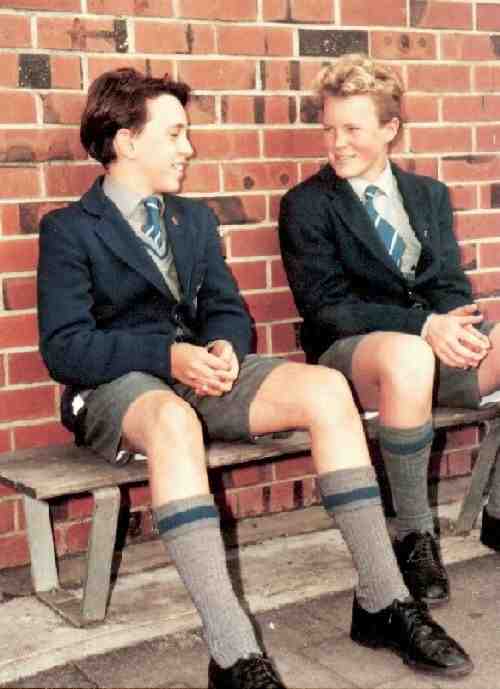
Figure 1.--School uniforms by the 1990s had become increasingly informal. Some private schools, especially the preparatory schools continue to require formal British-style uniforms. |
|
Have a look at New Zealand school children in different historical eras. The changing styles of school uniform are particularly interesting. These historical views of New Zealands schools are accompanied by excerpts from school publications to give an idea of the temper of the times.
We have little information on the 1900s at this time, but we have one phitograph from Palmerston North Boys' High School showing that no uniform was required.
It was World War I that dominated the 1910s. The heroism of the ANZAC units is legendary. Any visit to an older New Zealasnd school will reveal a memorial with a dismaying number of boys lost in the War.
New Zealand school uniforms by the 1920s take on the look of the uniforms that were to be worn for the rest of the century--atleast the formal styles. The more casual styles did not appear until the 1960s. Some boys at private boarding schools still wore Eton collars in the 1920s, but soft collars were begoming the principal style. Younger girls might wear pinafores to state primary schools.
New Zealand like other countries suffered during the 1930s with the World Depression. Times were hard. Few children, unless they were from affluent families, were able to continue schooling beyond the primary level.
One New Zealand student remembers luke-warm milk, an apple a day, hot cocoa in tin mugs, and the 'respect' held for teachers.
One New Zealand boy remembers morning assemblies. We also have some class portraits which look to be from the 1950s. The children in the mixed classes vary as some wear uniforms and some do not. Also the children wearing uniforms seem to be wearing a mix of uniforms. They were classes VI and VII.
Available information shows that primary schools continue the policy of not requiring uniforms with the exception of the Catholic and private schools. Children seem to wearmore casual clothes than in the 1950s. Boys mistly wear short pants, but we see fewer school iniform items. Many girls wear dresses, but some girls dress more cassually in short pants. Many boys come to school barefoot, but not as many as in the 1950s. Almost all secondary schools required uniforms which were normally strictly enforced.
New Zealand children in the 1970s continued the convention of primary children wearing their own clothes to school while most secondary schools required uniforms. Dress at primary schools was very casual. There were, however, changes in both school wear and hair styles. Perhaps the most notable change in the 1970s was the long hair that many boys wore to school. The long hair began in the late 1960s, but by the 1980s shorter cut became more common. Many schools insisted that boys cut there hair, but many became more tolerant about such matters as the decade progressed.
Most New Zealand secondary schools continue to require school uniforms, but a few schools drop them. Many schools allow the senior students the option of wearing long trousers.
One of the most notable changes in the 1990s was the spreading use of the computer in New Zealand schools. The computer first appeared in the 1980s. But by the 1990s comouter had become standard equipment in the schools as educators became more computer savy and began to learn how the computers can be effectively used. Computers appeared throughout the schools and no where were they more important than in the libraries.
The New Zealand school uniforms regulations vary greatly among different schools. A New Zealand reader in 2001 reports that some New Zealand school boys
continuw to wear short trousers to the end of High School (about 18 years old). This is especially prevalent in the summer months. In the winter term many boys,
especially the oler boys wear longs. It is relatively common to see young lads in this type of outfit riding motor scooters to school. The younger boys mostly cycle to school and thus wear "helmets" by law. New Zealand boys have different attitudes about thr uniforms. Some thought it was OK to wear shorts. Most wore shorts came to the top of their knees and the socks were puled right up. Others boys, especially chubby boys seem to hate wearing them. Perhaps they were less
comfortable or it was the way they looked. Oten tall boys also isliked wearing shorts. Basically, as soon as boys get home, they take the uniform off and change into clothing that looks like that in the United States--Addidas, etc. Shorts were not overly in evidence on weekends either, they tended to wear cargo pants and blue jeans. At some schools now, especially in the country, the uniforms are gone and in other schools, students are complaining about wearing shorts. The punishment for coming to school improperly dresse is they were refused entrance to class and had to sit in a room by themselves (detention). Parents are becoming involved, and it looked as thought the kids might win this one. However to go to a prestigious boys school, they have to agree to wear the uniform--which is still mostly short pants.